Royal Navy Aircraft -
Gosling and Maryland
![]()
![]()
This is another ancient but much sought after kit (first issued in 1958), that was
re-
The Gosling (or Widgeon in US service) was developed as a smaller version of the successful Goose. Fifteen were delivered to the Royal Navy under Lend Lease and most served at the Observers' School at Piarco, Trinidad, although some were retained in the USA at the Squantum, Pensacola and Brunswick Naval Air Stations for use by FAA training squadrons as communications aircraft.
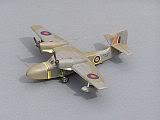 Top of Page
Main Index
Top of Page
Main Index
Frog's Maryland kit stretches back to the mid 1970s. It is a reasonable build, but a very simple kit. This was an eastern European issue (possibly Novoexport) moulded in a disgusting heavy and brittle brown plastic (which melted like chocolate when placed in contact with glue), but cost me all of £2, so I can’t really complain. Decals are from the spares box and homemade inkjet. The original kit comes with South African and Free French markings.
The Maryland was originally built for the French Air Force and Aeronavale, seeing some success during the Battle for France. Whilst some continued in Vichy service (for example, taking part in the French bombing raids against the RN base at Gibraltar and against British forces in Syria, Lebanon and Palestine), the remainder of the order was impounded by US authorities then diverted to the RAF.
As one of the few early WW2 US aircraft able to compete on even terms with European
designs, new orders were placed by the British Purchasing Commission in Washington
for a re-
With a similar role to the Blenheim, albeit faster and able to carry a larger bomb load, British Marylands saw extensive service in Malta across North Africa with an RAF Aircraft, flown by RAF pilot Flt Lt Adrian Warburton, spotting the Italian Fleet concentrated in Taranto harbour and thereby enabling the spectacular Fleet Air Arm attack that took the Italian surface fleet out of the war and formed the model for the subsequent, equally spectacular Japanese attack on Pearl Harbour.
Three Marylands were allocated to the Fleet Air Arm, where they were used for Fleet Requirements, training and maritime reconnaissance duties by 771 Sqn at RNAS Hatston and RNAS Twatt in the Orkney Islands.
During May 1941, it became clear that the German battleship Bismark was being readied for a mission into the North Atlantic. On 22 May the routine RAF reconnaissance flight was cancelled due to poor weather, but a volunteer naval crew from 771 Sqn, comprising pilot Lt N E Goddard, Observer Cdr G A Rotherham and TAGs, Leading Airmen J W Armstrong and J D Milne took off from Hatston in Maryland AR720 and flew at low level on instruments to the Norwegian coast. There they confirmed that the Bismark had sailed from Bergen, starting the chain of events that would lead to the Battle of the Denmark Strait, the loss of HMS HOOD and ultimately, the sinking of Bismark herself.
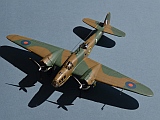
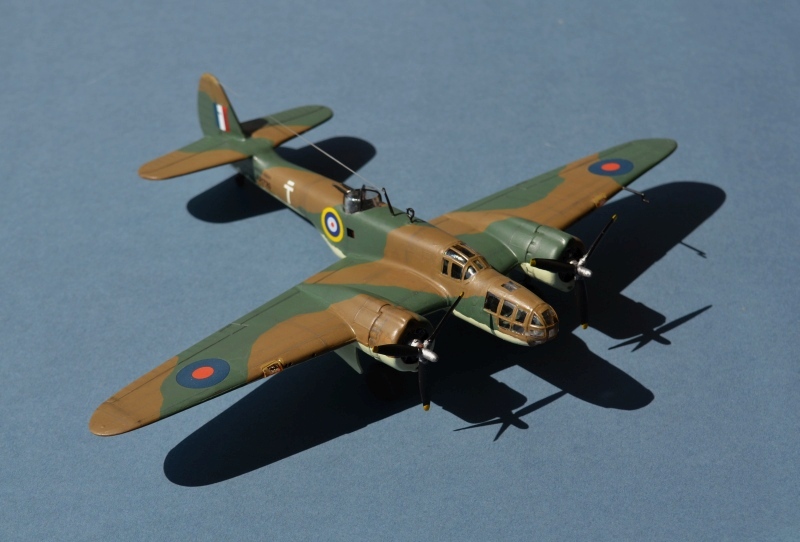

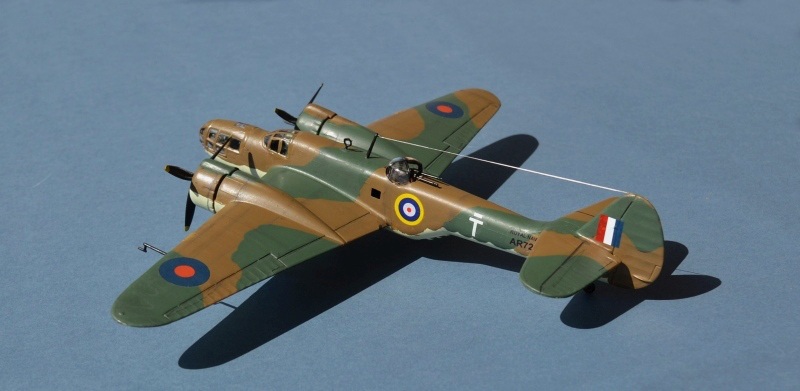
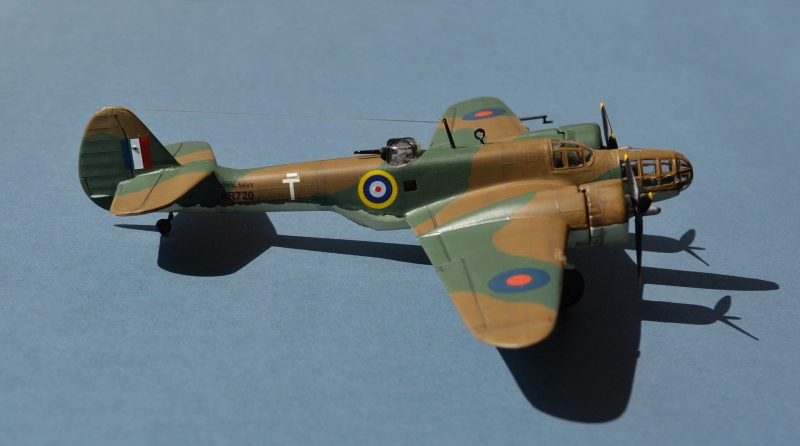

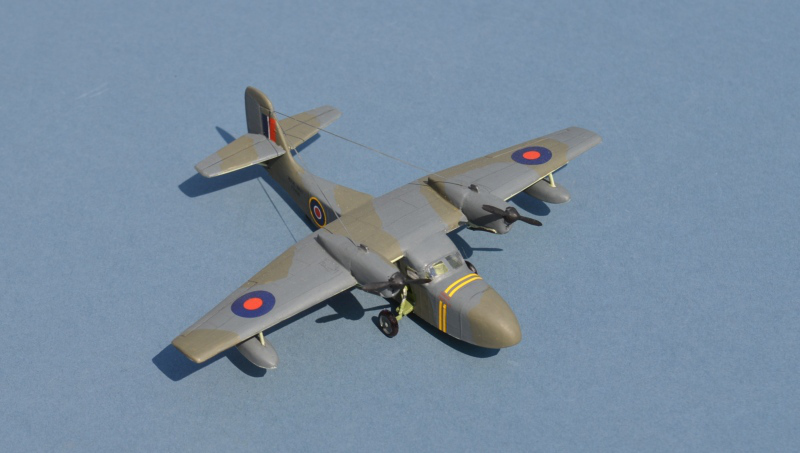

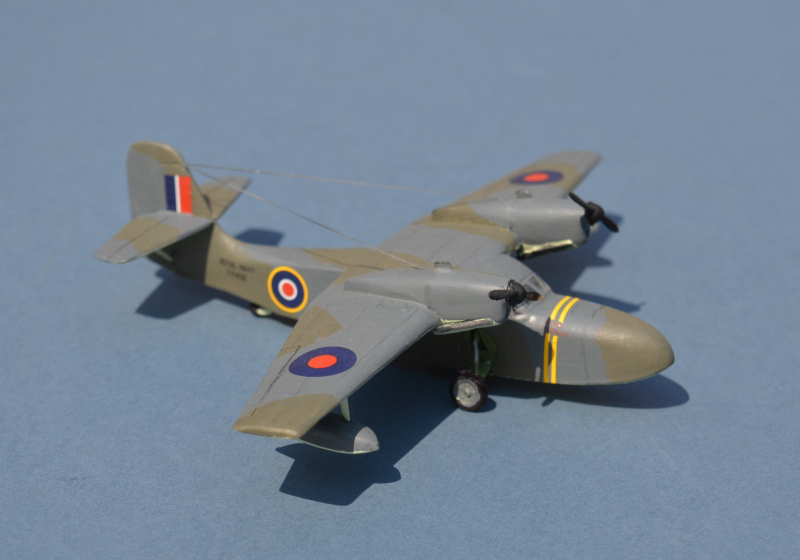
Grumman Gosling
Martin Maryland